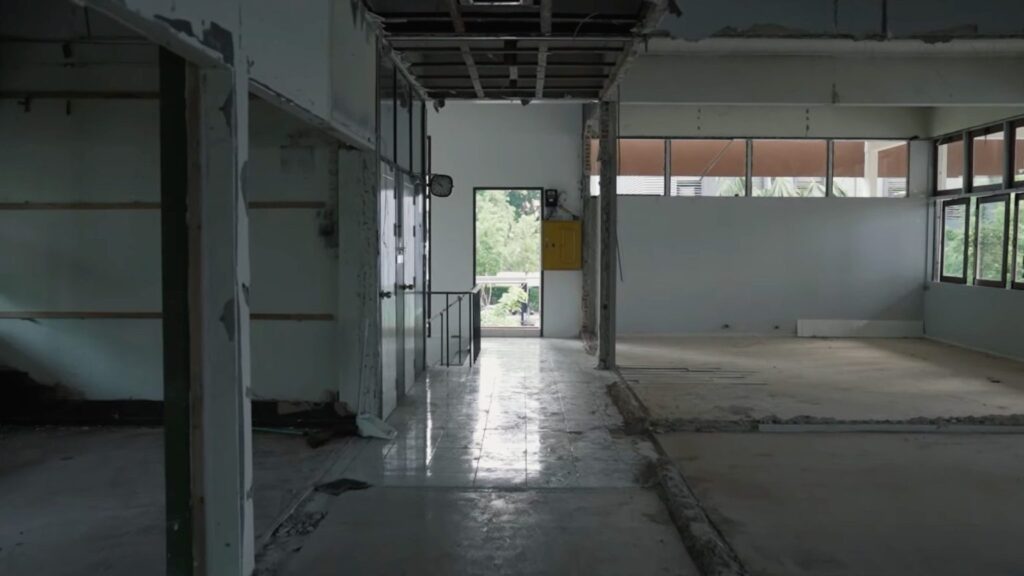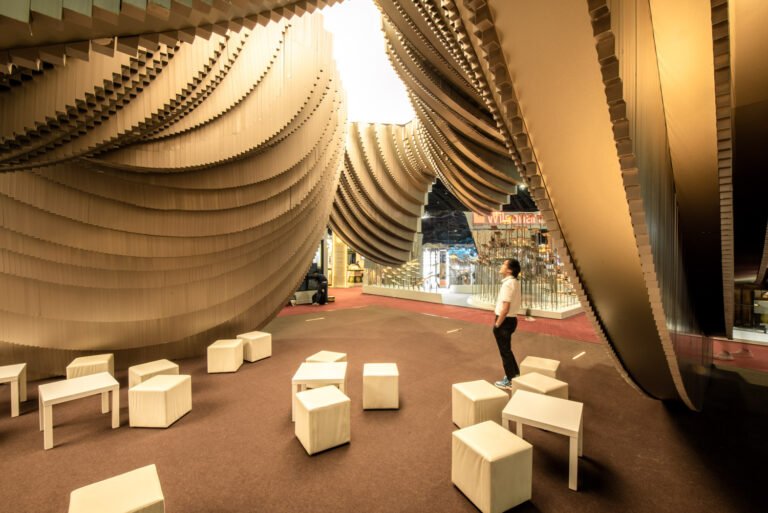KAULIN DOCUMENTARY
The ‘Kaulin Documentary’ is a 48-minute-long documentary film named after the Kaulin building, which was once Cadson Demak’s operating ground from around 2001 to 2017. This documentary serves as a contemporary historical record of the graphic design and type design industries from the mid-1990s to the mid-2010s. It features interviews with personnel from Cadson Demak, Practical Design Studio, and Design Sundae—all three studios that once shared this space.
The narrative skillfully weaves interviews with archival footage, illustrating the transformation of the Kaulin building over the years. The story begins with Cadson Demak first renting a small 30-square-meter office in the building, before gradually expanding as the business grew. The film highlights the development of organizational strategies, educational advancements, and the elevation of the industry through community engagement in activities such as workshops, lectures, and professional association meetings at the Thonglor Soi 4 location—a significant hub for Thailand’s graphic design scene for over two decades.

The building played a central role in pioneering an understanding of typography in Thailand and in promoting type design as a viable industry. Key figures are introduced, many of whom first encountered type design or started their ventures in this building, resonate with the film personally, as I have gained knowledge, inspiration, and new acquaintances there. Watching the documentary holds special meaning as it revisits old colleagues and my own past experiences. However, as the story nears its conclusion, detailing why the three studios eventually left the now-deteriorating Kaulin building, the contrast between the fond memories and the current state of neglect strikes an emotional chord, leaving me with a poignant, bittersweet feeling.
After viewing the trailer, I found myself wondering: ‘What will outsiders gain from this documentary?’ On a personal level (though somewhat clichéd), it’s the realization that ‘Kaulin is not just a place; it’s about the people.’ This is because everything that happened at Kaulin during that period contributed to the development of key personnel who propelled the industry forward, enhancing societal understanding of this design sector’s value and the significance of the type design business, which is becoming increasingly crucial for branding in this decade. On a societal level, the documentary holds value as a form of ‘people’s history.’

When discussing ‘history,’ the routinely documented and researchable narratives of Thai society typically center around the state or the royal institutions. Recordings of people’s histories, especially concerning relatively new professions such as graphic and type design, which still lack strong professional associations, are scarce. Therefore, it becomes challenging to compile stories that are often only known through direct experience.

However, a criticism worth noting is the scant mention of the ‘Kaulin building’ as an architectural piece in the documentary. The film primarily concentrates on the people, potentially neglecting in-depth historical research on the building (or having possibly conducted such research but yielding no results). The lack of details about the designer or architect, the year of construction, and visualizations of how the space or floor plan evolved makes it harder for audiences to fully appreciate the building. Such information could have provided a deeper understanding about the space before it faces eventual demolition, like other modern structures in Bangkok.






